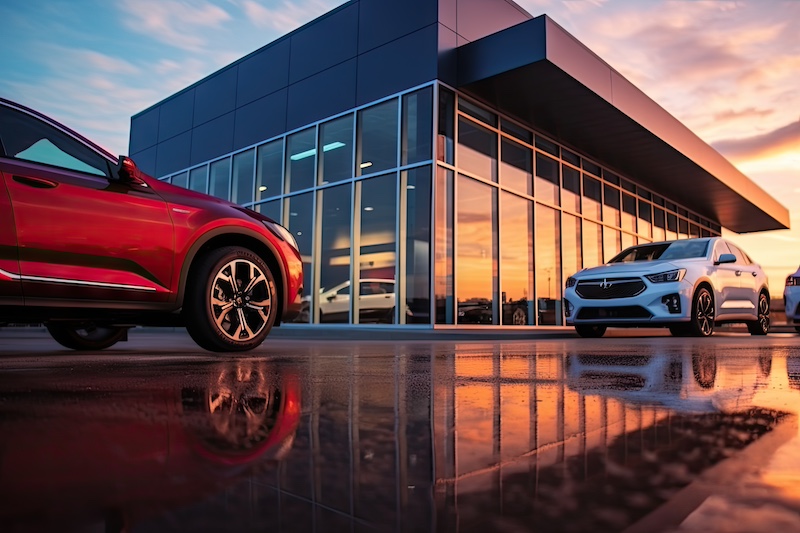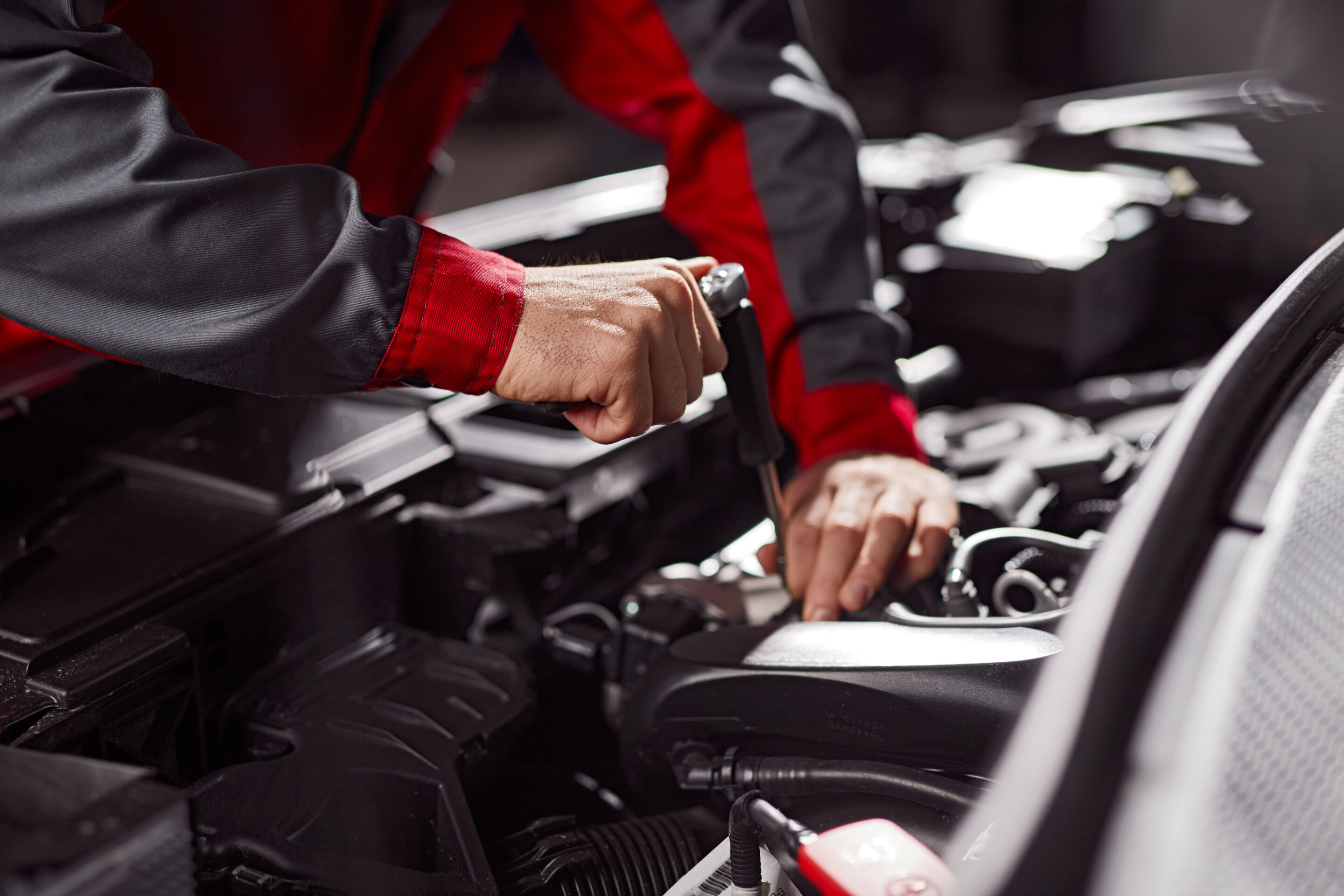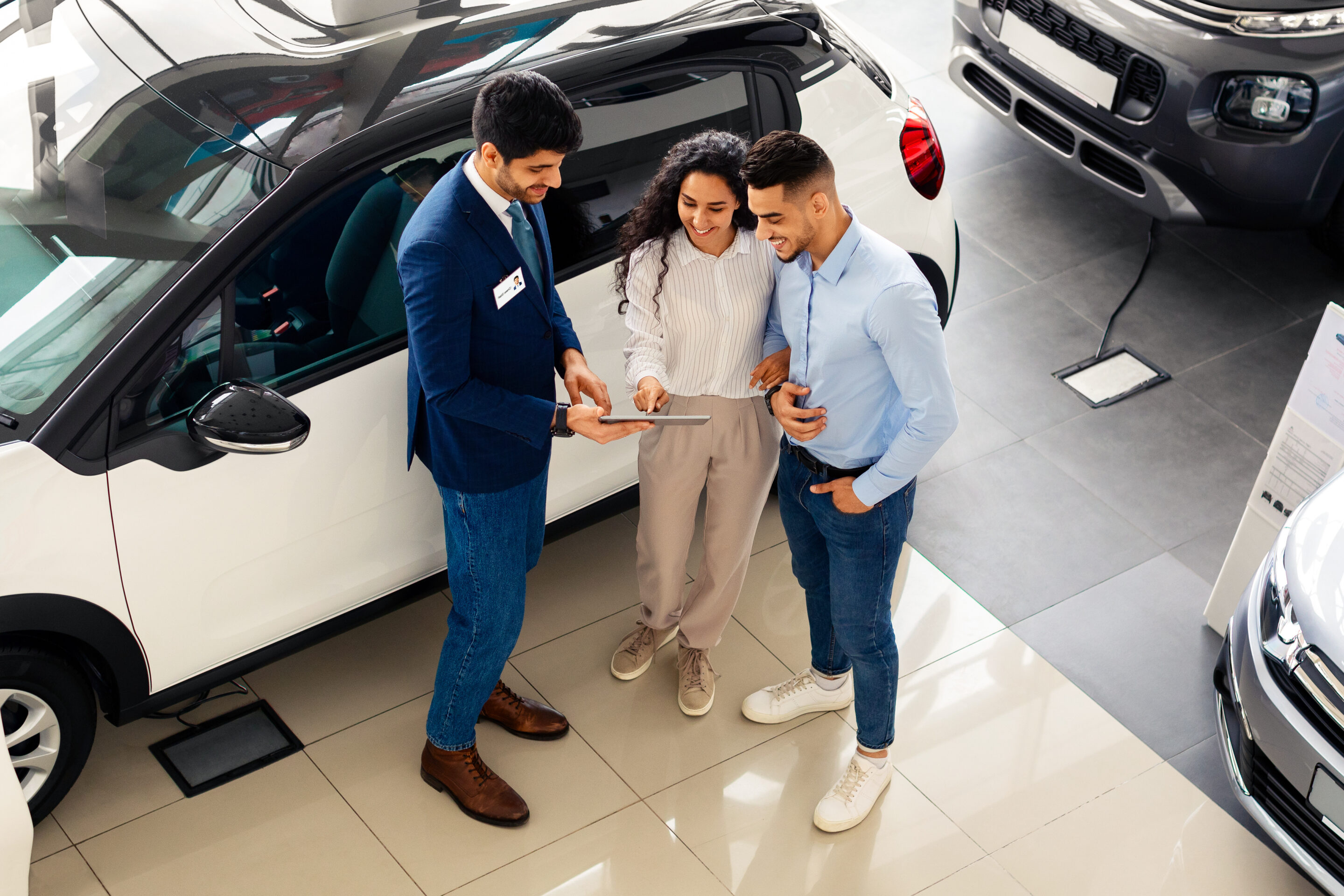Digital marketing has seen radical changes over the last few decades. Across industries, shoppers have gotten used to possibilities unimaginable just a few years back. Not surprisingly, each big change to affect marketing has made its way to automotive, specializing for the industry.
Take subscription services. When Netflix arrived on the scene in the late ‘90s, it changed the way we watch TV and movies, introducing flat fees for unlimited rentals, offering viewers unprecedented choice and convenience, and eventually bringing the world the glorious concept of binge-watching. Since then, subscription services have gained popularity in industries from clothing to hygiene to groceries– and ultimately, automotive. Offering a type of convenience and flexibility that appeals to a growing segment of car shoppers, car subscription models are expected to account for 10% of sales by 2025-6.
Another example: marketing automation, which took off in the mid-2000s as internet use became widespread. Automating previously tedious and time-consuming tasks allowed marketers to scale in unprecedented ways– and is now both ubiquitous and indispensable in automotive. And finally, there’s mobile optimization, which took off around five years ago, allowing shoppers to do most anything they wanted with the touch of a cell phone button. Mobile optimization is not yet universal in automotive, but it’s gaining prominence, with mobile accounting for upwards of 60% of traffic to VDPs. All of these trends are now incredibly important to dealerships.
So, what’s next? Let’s look at some key trends gaining traction in other industries to predict the next big thing in automotive. Here are three trends to watch:
Voice and local search
More and more, people are using both voice and local search– and the two are usually connected. In the food industry, 80% of voice-searching customers search for restaurants according to particular characteristics, and more than 60% look for directions, which points to both the growing popularity of voice search and its connection to local. In retail over the past two years, search for “dresses near me” increased by 600% and time-sensitive searches like “concert tickets for tonight” increased by 900%. And overall, according to Google, 20% of Android searches are done by voice. The way we search has definitely evolved.
When it comes to automotive, it’s not hard to imagine shoppers voice searching “oil change near me” or “closest Chevy dealership” from their phones, especially when they suddenly discover they need some kind of repair or service. And in fact, there has been a 200% increase in car-related local search in two years. If the larger retail world is any indication, this will only increase.
One simple but crucial way for dealers to optimize for local search is to make sure your name, address, and number are present and consistent across any platform that lists your business. And if you haven’t already, set up your Google My Business listing, making sure to use photos and reviews to increase your chances of being found. When you think about voice search, have in mind the way people ask questions when speaking versus typing. For example, when you type, you might say “Ford dealerships in Cleveland” but when you speak, you’re more likely to say something like “Where’s the closest Ford dealership?” Optimize your pages for these longer, question-based searches. One great strategy is to have an FAQ page so you can actually utilize question language on your site.
Virtual and augmented reality
Virtual reality, which transports users to a different, three-dimensional environment using a headset, is starting to make inroads in retail in general, and in automotive specifically. For example, The North Face transports shoppers to national parks to showcase their brand as adventurous– and in automotive there already exists the possibility of a virtual test drive from home using VR equipment. This is a great option to work towards in the coming years as headset use becomes more popular, even though the market isn’t quite there yet. In the meantime, augmented reality– which provides an interactive digital overlay to users’ experiences without transporting them to a different environment– is gaining traction as a marketing tool, enabling an enhanced user experience through cell phones. Ikea’s Place app allows shoppers to try out furniture before buying using their iPhones to photograph their space and place furniture in it. Eyeglass websites enable customers to try out glasses online using their photo. A Home Depot app lets people see what paint colors will look like in their houses before actually painting their walls. And Sephora lets customers sample different makeup shades using their cameras– with 8.5 million visitors having already tried out 200 million shades.
In automotive, augmented reality is already being used to give customers detailed views of features they wouldn’t be able to see just by walking around the dealership, such as internal safety features, or allow them to configure their vehicles from home. These “try before you buy” options will become more and more important as shoppers continue to do more and more of the car buying process online. Providing augmented reality options could set your dealership apart for outstanding customer service.
Connected Data
Connecting data sources, including ads, website, CRM, and sales data, is a major force in digital marketing today. As customers increasingly seek out seamless shopping experiences and businesses seek out greater accuracy in marketing strategy, accessing and utilizing data becomes a central priority. Companies like Marketo that track, analyze, and utilize data across the whole customer journey are helping marketers see greater marketing ROI– and these capabilities are starting to reach automotive. Here are several ways connected data can benefit your dealership:
Machine learning-enabled websites
A machine learning-enabled website can kick your website customer service up several notches. It tracks on-site behavior to gain real-time insight into customer interests and targets shoppers with relevant and valuable content. It also uses all the data from previous customer engagements to continually improve its own targeting and reach shoppers even more successfully. Utilizing data this way means dealerships can provide outstanding service online. It also means you can receive more leads as well as better leads into your CRM, allowing your team to provide effective follow-up.
Data-driven strategy
Today’s shoppers move back and forth between online and offline and interact with dealerships using multiple online touchpoints. Tracking data across all of these platforms is a huge challenge– but tools are beginning to emerge that make it easier. Connecting data that’s normally logged separately on platforms such as Google Analytics, your CRM, and your DMS allows you to track customer behavior from the very first ad click all the way to the sale. That means you can actually attribute sales properly, understand the ROI for each part of your strategy, and analyze which channels are best for which types of outreach. You’ll save time and put your money in places that go furthest for your dealership.
Digital marketing today is driven by providing outstanding customer experience and utilizing data for success. Staying ahead of these trends can help your dealership reach more customers and create a more effective marketing strategy.
About the Author
Ari Gorlin is COO of AutoLeadStar, a lead-engagement platform for auto dealerships, powered by artificial intelligence. With more than 20 years of experience leading global sales teams, Ari specializes in building connections for maximal growth. Feel free to reach out to Ari about anything related to sales, scaling, and reaching your business potential. Email: [email protected].








